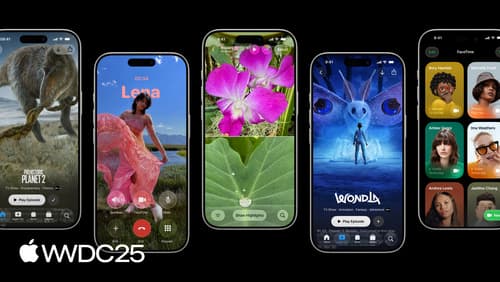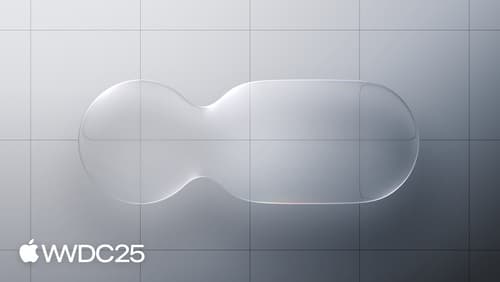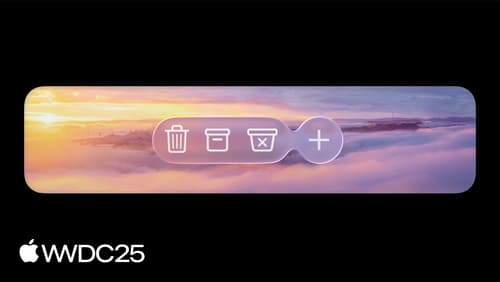How to Liqiud Glass rendering optimized ?
Asked on 2025-06-16
1 search
Liquid Glass rendering is optimized through several techniques that enhance its visual clarity and performance. Here are some key points from the "Meet Liquid Glass" session at WWDC 2025:
-
Adaptive Design: Liquid Glass is designed to be adaptive to both its size and environment. It maintains visual clarity by deferring to the content underneath and subtly changes to ensure legibility and separation from the content layer. This adaptivity is built into the material, allowing it to automatically adjust based on the context (Meet Liquid Glass).
-
Dynamic Behaviors: The material includes dynamic behaviors such as shifting appearance when a window loses focus, which helps guide user attention. These behaviors are built-in and automatically applied when using Liquid Glass in your designs (Meet Liquid Glass).
-
Layered System: Liquid Glass is composed of multiple layers that work together to create its unique look. These layers include highlights and shadows that respond to geometry and device motion, enhancing the material's realism and integration with the environment (Meet Liquid Glass).
-
Variants and Customization: There are two variants of Liquid Glass—regular and clear. The regular variant is versatile and provides adaptive effects, while the clear variant is more transparent and does not have adaptive behaviors. Custom colors can be used selectively to enhance legibility and draw attention to specific elements (Meet Liquid Glass).
By leveraging these features, Liquid Glass can be effectively optimized for different applications, ensuring a balance between aesthetic appeal and functional clarity.

Build a UIKit app with the new design
Update your UIKit app to take full advantage of the new design system. We’ll dive into key changes to tab views, split views, bars, presentations, search, and controls, and show you how to use Liquid Glass in your custom UI. To get the most out of this video, we recommend first watching “Get to know the new design system” for general design guidance.

Meet Liquid Glass
Liquid Glass unifies Apple platform design language while providing a more dynamic and expressive user experience. Get to know the design principles of Liquid Glass, explore its core optical and physical properties, and learn where to use it and why.

Build an AppKit app with the new design
Update your AppKit app to take full advantage of the new design system. We’ll dive into key changes to tab views, split views, bars, presentations, search, and controls, and show you how to use Liquid Glass in your custom UI. To get the most out of this video, we recommend first watching “Get to know the new design system” for general design guidance.
